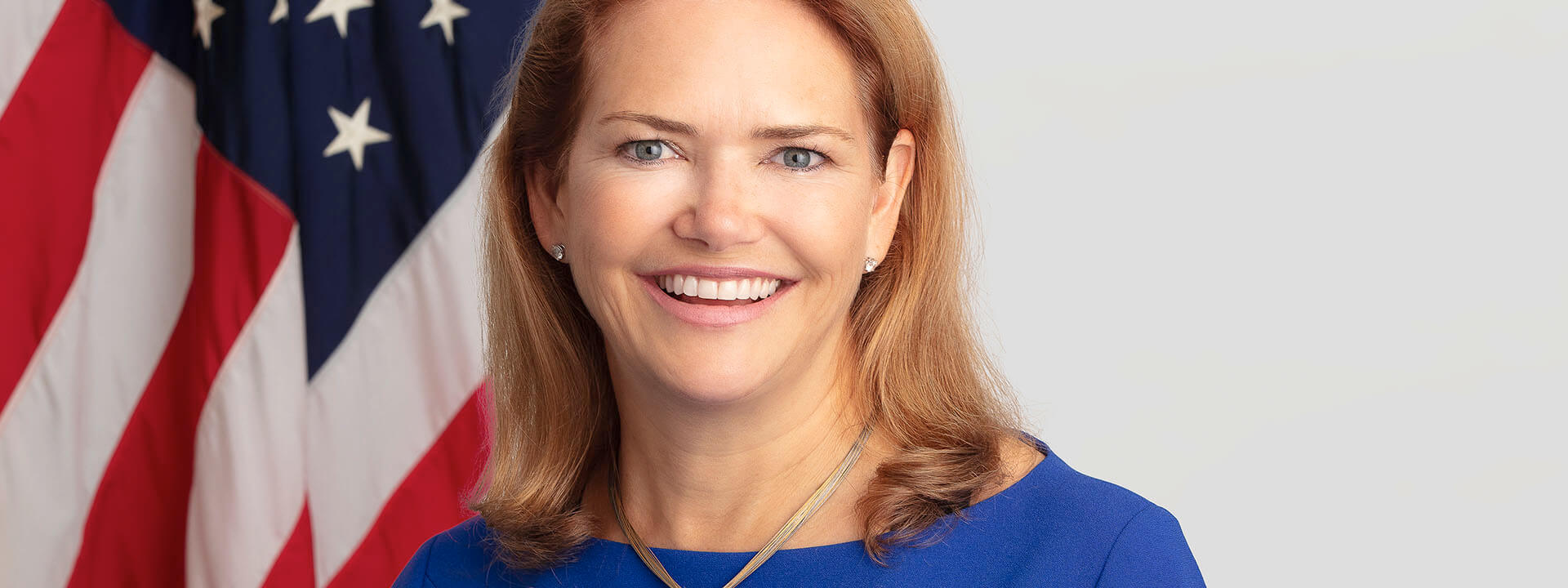How many times have you been influenced to purchase one item over another because it either appeared at the top of a search platform, a purveyor recommended it, or the product kept showing up on your social feeds? I know I have more than once.
According to Chicago economist Richard H. Thaler and Harvard Law School Professor Cass R. Sunstein, we were "nudged." They explain in a book by the same name that decision-makers do not make choices in a vacuum and instead are influenced by their environments. These settings are designed by "choice architects" who can create small features that attract our attention and influence our decisions.
Most of us probably assume the sponsored products we see on Amazon or Google are fine, but when this "choice architecting" happens in a doctor's office, what effect does it have on patient outcomes? Based on my research, it seems like there isn't one definitive answer.
And this isn't a new issue. Throughout my career as a physician, I've seen first-hand how people and companies try to influence physician behavior. Health care providers' ability to prescribe and order tests and procedures put them in a place of great interest to manufacturers, who see the lucrative opportunities to sell their products. Manufacturers have used various methods to influence prescribers' behaviors and beliefs, including some unlawful approaches such as lavish gifts and kickbacks that have been the subject of enforcement actions. In the future, providers could be "nudged" or influenced to choose one prescription or course of treatment over another because a company has paid to display it prominently in the software the provider uses.
A recent JAMA piece highlights the harm that can occur when bad-actors influence clinical decision support (CDS) tools for financial benefit. Specifically, the authors examine the effects of an opioid manufacturer that paid a healthcare technology company to design their clinical decision support technology to (unwittingly) prompt physicians to select and prescribe more of their product, which deviated from accepted medical standards.
Others could point to a recent NYU Langone study that focused on creating a user-friendly CDS module embedded in their electronic health record (EHR) software that uses behavioral "nudges" to increase physician adherence to American Geriatrics Society guidelines targeting overtreatment of diabetes among older adults. For example, the EHR might suggest metformin when a physician tries to prescribe another diabetes medication, to better align with the society's evidence-based guidelines.
Figuring out whether commercial interests are influencing a CDS tool can often be challenging for providers. This information usually can only be found in the fine print on an end-user license agreement or buried on a website.
What if there is another—neutral—way of informing providers' decision-making with meaningful data?
Most EHRs are now adopting new decision support tools that help physicians understand patients' medication costs based on their insurance plan and benefit design. These tools add an additional level of transparency about medication prices for patients that had previously been very difficult, if not impossible, to find. Tools like Surescripts Real-Time Prescription Benefit offer neutrality and transparency. With therapeutic alternatives displayed on-screen, as delivered from the patient's benefit plan, the clinician can select the appropriate medication option.
Here at Surescripts, one of our core beliefs is protecting the patient and provider choice and ensuring our network's neutrality, specifically by not favoring specific drugs or delivery channels.
As my colleague, Dr. Danny Lee, chief medical informatics officer at Johns Hopkins Community Physicians, says, "Trust is the cornerstone of any health system." Protecting and being good stewards of patient information and data ultimately protects the patient and solidifies the sacred relationship between patients and provider—and the CDS tools we rely on should enhance not compromise the care experience.
Learn more about our commitment to being a trustworthy partner in bringing actionable intelligence to all participants in the Surescripts Network Alliance.


 Dean Riggott Photography
Surescripts
Dean Riggott Photography
Surescripts



